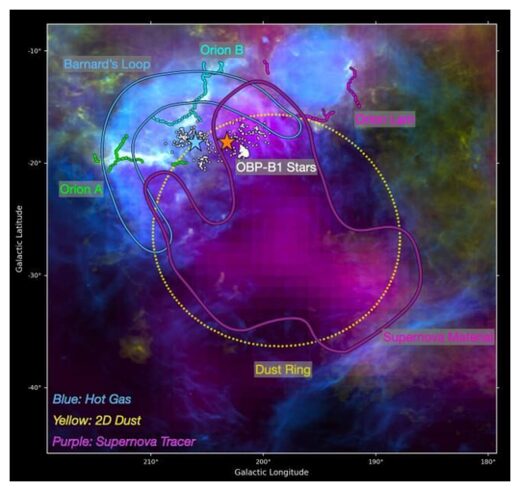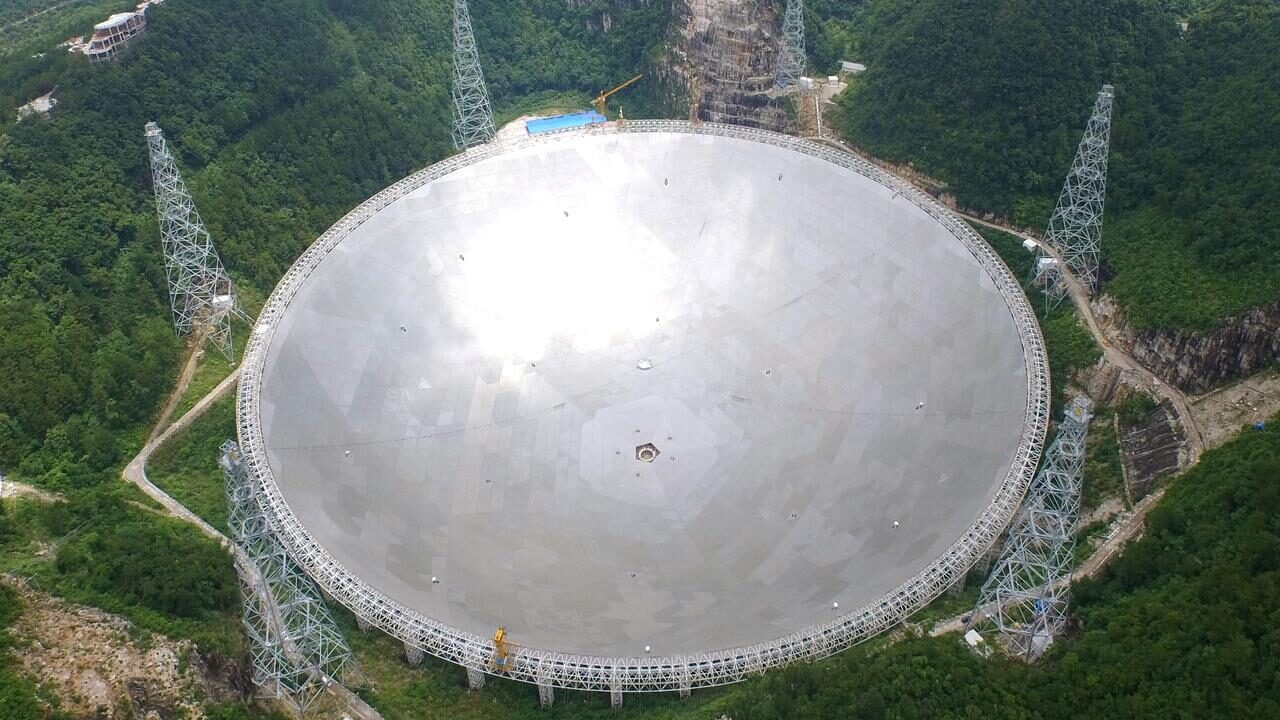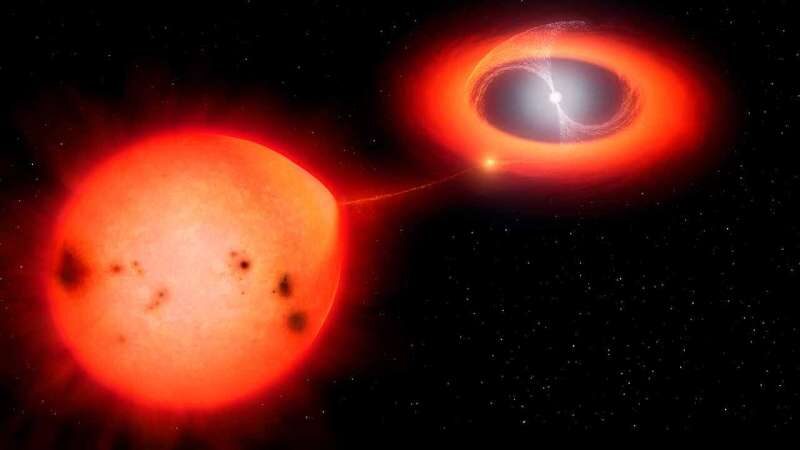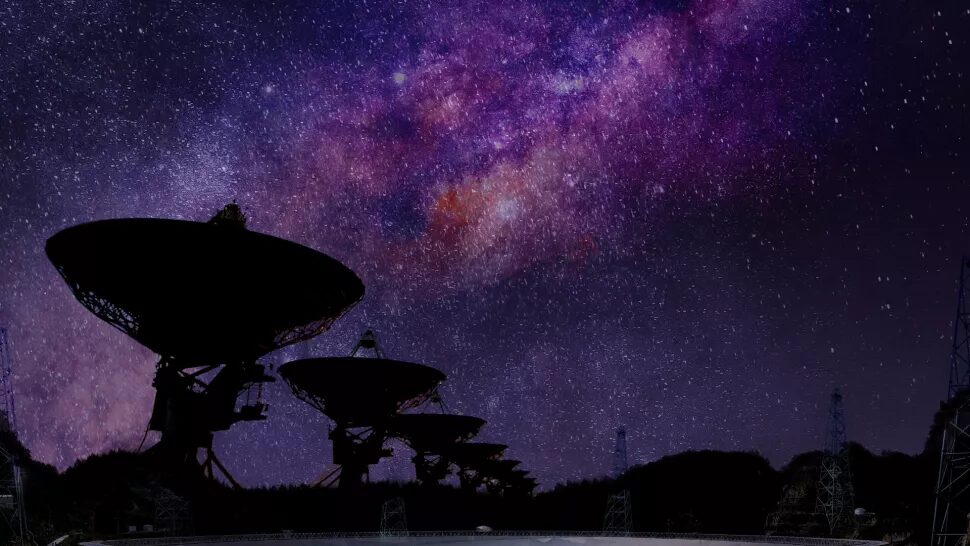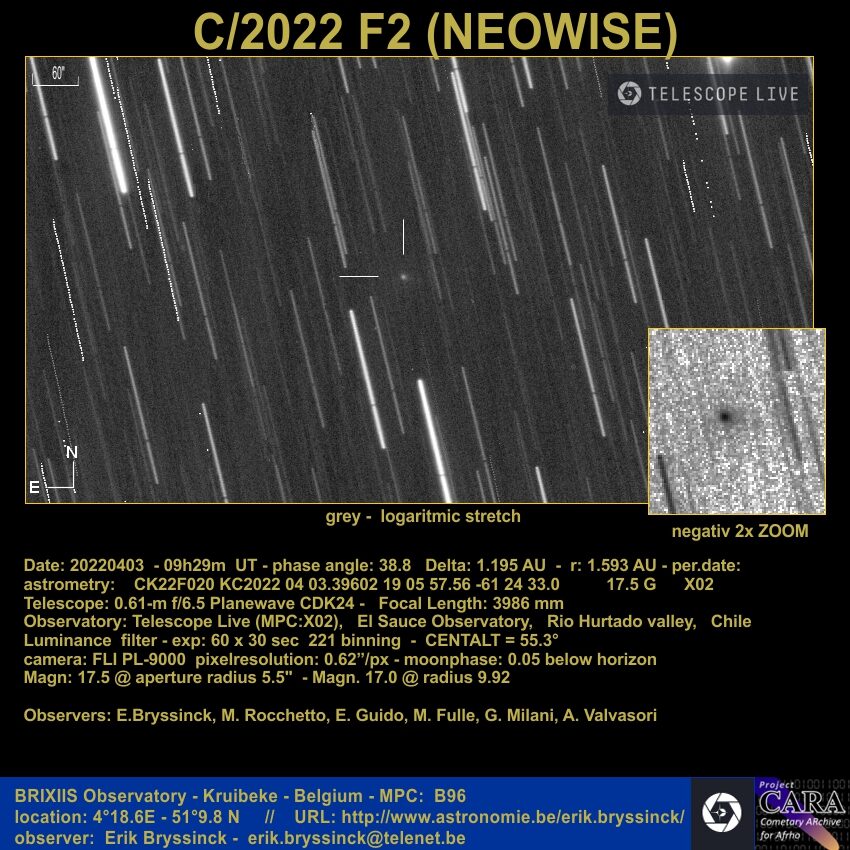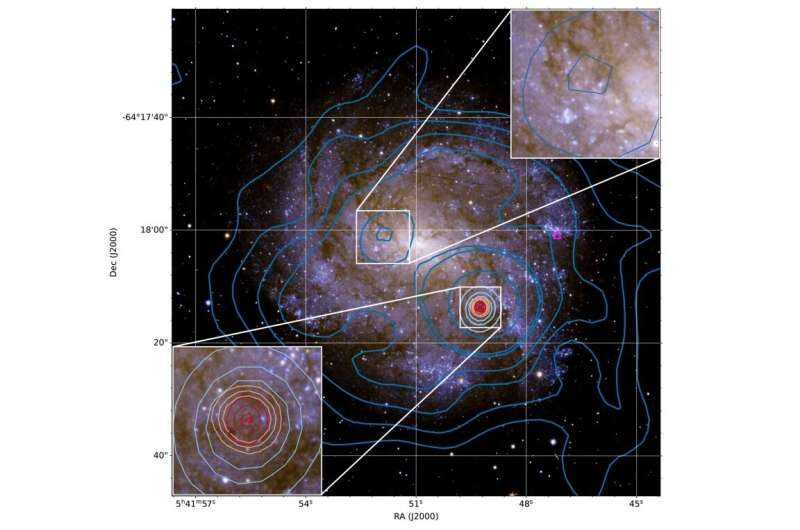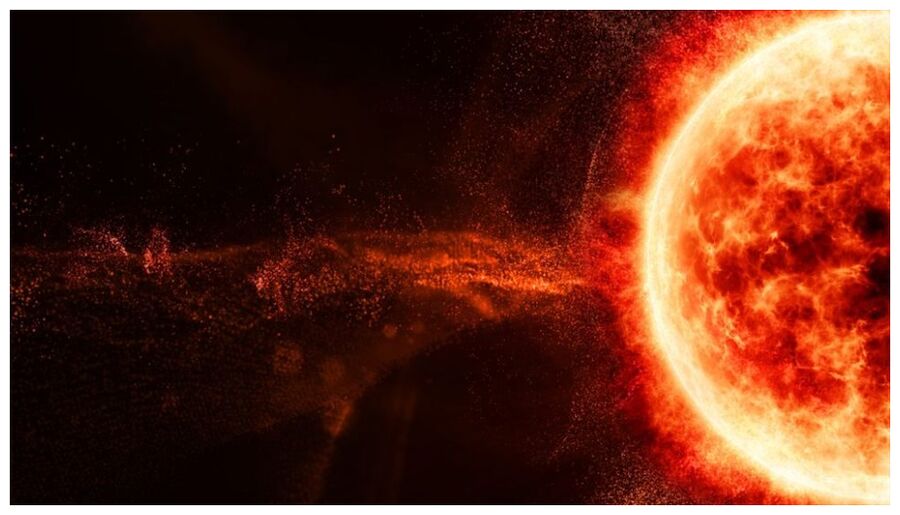
The surprise solar storm hit Earth just before midnight UTC June 25 and continued throughout most of June 26, according to Spaceweather.com. Scientists classified it as a G1-class storm, which means it was strong enough to create weak power grid fluctuations, cause minor impacts to satellite operation, disrupt the navigational abilities of some migrating animals, and cause unusually strong auroras.
The unexpected solar storm coincided with the peak of an extremely rare five-planet alignment, where Mercury, Venus, Mars, Jupiter and Saturn lined up in the sky in order of their proximity to the sun (which hasn't happened since 1864). Amateur astronomers in the northern hemisphere were able to capture images of the surprise auroras as they photobombed the neatly aligned planets.
Photographer Harlan Thomas captured an image of bright auroras in Calgary, Canada, which flashed across the dawn sky in front of the planetary alignment on June 26.
"Wow, talk about surprises," Thomas told Spaceweather.com. "The aurora became [visible to the] naked eye with beautiful pillars," and lasted for around 5 minutes, Thomas said.
